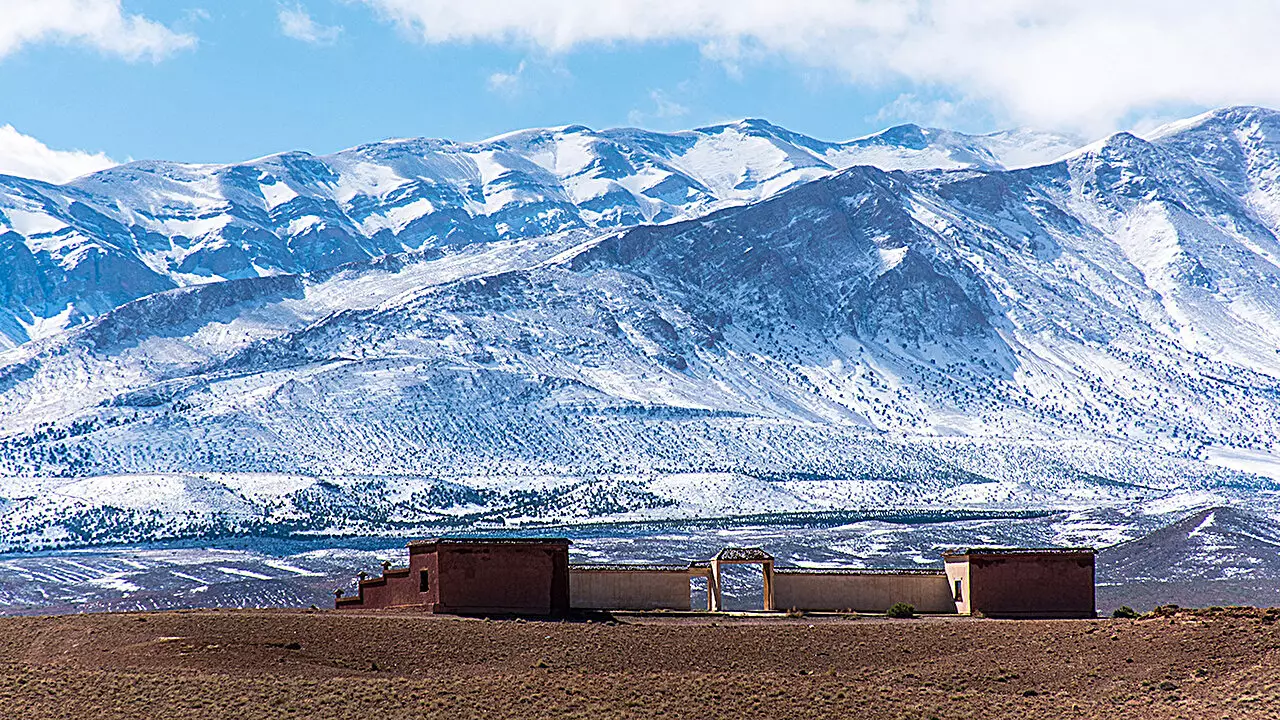The earthquake that struck western Morocco on 8 September 2023, with a magnitude of 6.8, left a trail of destruction in rural communities in the High Atlas Mountains. The aftermath of this seismic event took a heavy toll on human lives, bringing attention to the region’s lack of preparedness for such disasters.
Prior to the 2023 earthquake, Morocco had not experienced a major earthquake since 1960. This extended period of seismic silence led to a false sense of security in the region, leaving infrastructure and emergency response systems unprepared for significant shaking.
Morocco’s seismic activity is primarily concentrated near the Rif Mountains, located north of the 2023 epicenter. The convergence of the African and Eurasian plates in this region contributes to frequent seismic events. However, the situation is different near the High Atlas Mountains, where the plates converge at a slower rate of about 1 millimeter per year.
Research conducted by Kai Huang and colleagues revealed that the 2023 earthquake originated in the Tizi n’Test fault system, with a fault plane centered approximately 26 kilometers below the surface. The strongest effects of the rupture were observed at depths ranging from 12 to 36 kilometers, causing displacement of the Moho boundary.
The unique aspect of this earthquake was its origination depth, which occurred far from traditional plate boundaries. The researchers suggest that the quake may have been triggered by mantle upwelling beneath the High Atlas Mountains, rather than by faulting activity closer to the surface.
The findings from this study underscore the importance of incorporating data about deeper dynamics in intraplate regions into seismic hazard models. Current models often focus on plate boundary dynamics, overlooking the potential risks associated with regions like the High Atlas Mountains.
The devastating 2023 earthquake in western Morocco serves as a stark reminder of the unpredictable nature of seismic events. As regions with slow deformation rates and complex fault structures remain vulnerable to infrequent but catastrophic disasters, investing in robust seismic monitoring and preparedness measures is paramount to mitigating future risks.


Leave a Reply